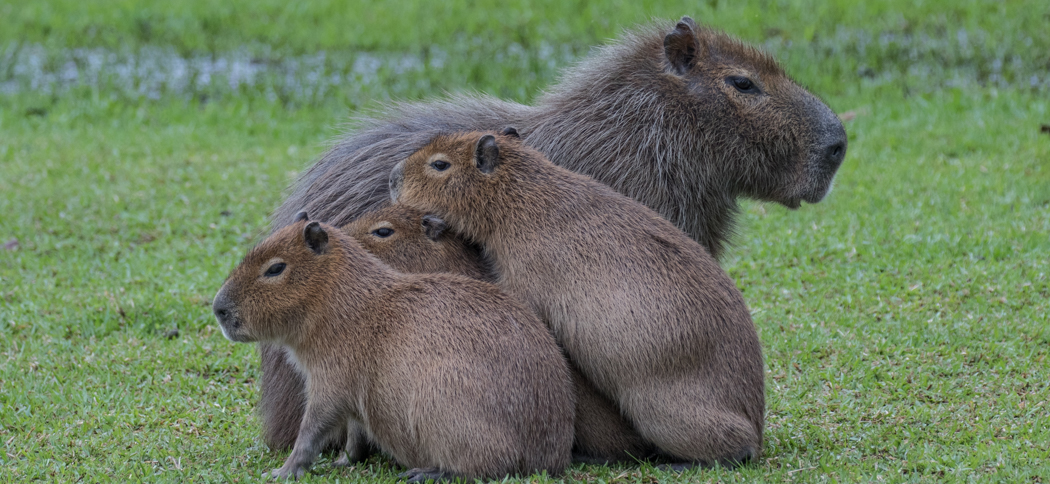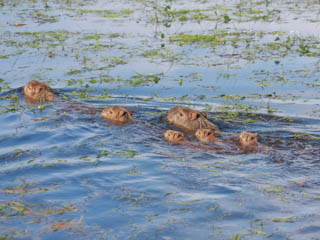
Strange Tails
We're delighted to have a strong population of strange-tailed tyrants at the reserve. So much so that we've adopted these beautiful and endangered birds as the symbol of the Trust
The growing diversity of the animals of Reserva Don Luis is a fresh source of delight every time we return. We don't play favourites, but it's impossible not to engage more with some of our more conspicuous guests. One of these is the strange-tailed tyrant. The male is stoic in his tolerance of one of nature's strangest - and it would seem least practical - adaptations. He's willing to suffer to be beautiful, and somehow manages to fly with tail feathers that were surely designed for a bird three times his size.
We love his perseverance; his resolution to succeed against challenge, and his ability to prove that anything is possible. He's appearing in growing numbers on the Reserva Do Luis, and his success has become an allegory for, and a symbol of, our own.
When we started the process of updating and redesigning our website, we wanted to adopt an image that symbolised our aims and our challenges. This brave little flycatcher, with his indomitable character, was the perfect choice.
The logo is a stylised profile of a male tyrant, silhouetted against the sunrise. We coloured the sun the blue of the Argentinian flag in honour of this country's beauty, its climate and the breathtaking span of magnificent animals that it nurtures.

Bat Research
Our bat team is conducting bat research both in the Ibera Marshes and in other provinces. We are especially concentrating on Misiones at the moment where we find the largest bat in Argentina, Chrotopterus auriitus and Myotis ruber, two species that we are researching.

Capybara, Carpincho
Hydrochaeris hydrochaeris
The Capybara is abundant in the Ibera Marshes especially close to bodies of water. They are generally timid mammals but can become quite tame with familiarity. We have dozens of these iconic animals in our garden, especially at night and have to take precautions to protect our trees and shrubs.
They are the largest living rodents and iconic of the Ibera marshes. They can measure more than 1m in length and weigh up to 50kg and have webbed feet with distintive foot-prints. They have large families and the females can breed twice per year producing up to seven or eight young per litter. They are social animals and are usually seen in family groups, sometimes consisting of 20 or more. They spend a lot of time submerged in the water and can be quite well camouflaged as their eyes, ears and nose are all close to the top of the head.
They are good swimmers whose diet consists of grasses, aquatic plants and roots. When startled they make a loud dog-like bark and will usually retreat to nearby water although not at any great speed. They are known as Carpincho in Argentina.
Threats come from large cats such a the Jaguar and Puma and habitat loss.


